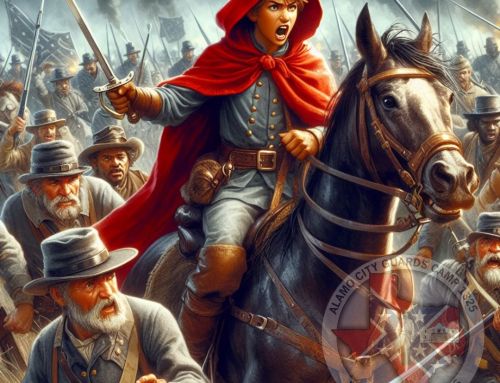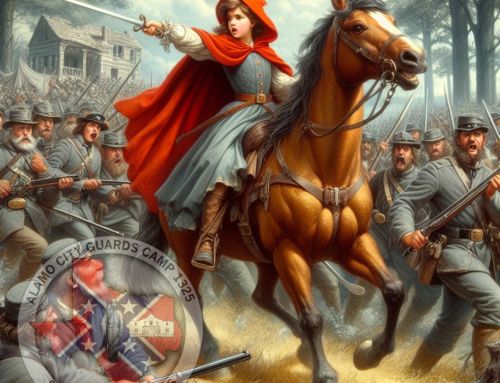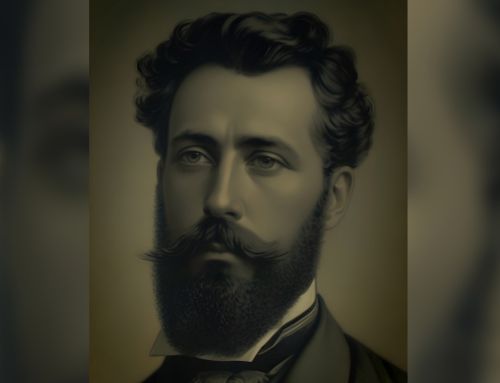A Soldier’s Heart
Life of General Cocke
Phillip St. George Cocke died of a soldier’s heart. Born April 17th, 1809, he is one of the first casualties caused by PTSD during the War Between the States. As he rose to the rank of brigadier general in the Confederate Army, he organized defenses along the Potomac River as the secession movement moved forward. Commanding troops in the Battle of Blackburn’s Ford and First Manassas took its toll. He became despondent and took his own life.
A graduate of the University of Virginia and the United States Military Academy, he served as adjutant to the 2nd U.S. Artillery for a year then became a plantation owner and author, publishing many articles and a book called Plantation and Farm Instruction on plantation management which led to his election as president of the Virginia State Agricultural Society.
Military Service During the War
Appointment to brigadier general of the Commonwealth of Virginia by Governor John Letcher, gave him command of all state forces along the Potomac. Reporting to Major General Robert E. Lee that they only had 300 men to defend against 10,000 federal troops across the river in Washington, D.C. Contrary to his order “not to abandon it without fighting, even against overwhelming numbers,” Alexandria was evacuated by Lt. Col. A. S. Taylor on May 5th.
Lee ordered Cocke to organize a new defensive line at Manassas. Cocke likely formulated the Confederate defensive strategy of concentrating forces at Manassas and Winchester in the Shenandoah Valley and utilizing the Manassas Gap Railroad to enable them to mutually support each other. This strategy significantly influenced the Confederate victory at the First Battle of Manassas.
P.G.T. Beauregard officially recognized Cocke for his strategic movements during the Battle of Blackburn’s Ford. Cocke stationed himself at Ball’s Ford on Bull Run on July 20th. Cocke received an assignment to advance against Centreville during the First Battle of Manassas on July 21, 1861, but abandoned the plan due to the Federals’ flanking movement against the Confederate left.
Col. Evans and the reinforcement of Brig. Gen. Barnard Bee and Col. Francis S. Bartow opposed the enemy, while Cocke’s forces defended near the Stone Bridge. About an hour before Elzey arrived, Cocke led his brigade into the fray on the left with “alacrity and effect.” On October 21, the Confederate Army officially promoted him to brigadier general and granted him command of the 3rd Brigade, 3rd Division of the Army of the Potomac.
A Soldier’s Heart
After being promoted to brigadier general and serving for eight months, Cocke experienced the lasting effects of a soldier’s heart. Feeling “shattered in body and mind” and exhausted from the strain, he returned home. These feelings ultimately led him to take his own life by shooting himself in the head on December 26, 1861. They re-interred him at Hollywood Cemetery in 1904, where he rests with other family members and Confederate officers, despite his initial burial on his plantation.
Phillip St. George Cocke played a crucial role in the Confederacy’s initial victories as a highly respected officer and strategic thinker.However, the intense trauma of war had a profound impact on his mental health, and he returned home a changed man. Depression and feelings of inadequacy plagued Cocke despite his promotion to brigadier general, ultimately leading to his tragic suicide just a few months after the battle. Cocke’s story serves as a powerful reminder of the devastating effects that post-traumatic stress disorder (PTSD) can have on those who have served in combat, and underscores the importance of providing support and resources to help veterans cope with the emotional toll of war.
Read about another young, outstanding general here;
https://alamocityguards.com/blog/2023/03/28/robert-e-rodes/
Save monuments;
monumentsacrossdixie.com/
Help us build a new monument;
alamocityguards.com/tejano-memorial-statue/






